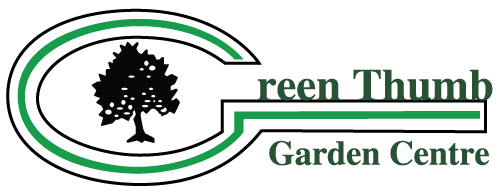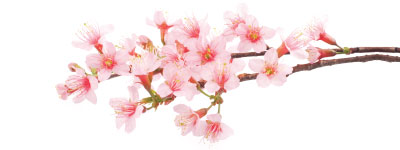Plant Search
North Pole White Spruce
Picea glauca 'North Pole'
Height: 12 feet
Spread: 4 feet
Sunlight:
![]()
![]()
Hardiness Zone: 4a
Description:
An interesting, slow growing, columnar selection with short, upswept branches; bright green new foliage matures to gray-green; great as a garden or landscape accent; tolerates heat and cold and a wide range of soils
Ornamental Features
North Pole White Spruce is a dwarf conifer which is primarily valued in the landscape or garden for its rigidly columnar form. It has attractive grayish green evergreen foliage which emerges light green in spring. The needles are highly ornamental and remain grayish green throughout the winter.
Landscape Attributes
North Pole White Spruce is a dense multi-stemmed evergreen shrub with a narrowly upright and columnar growth habit. It lends an extremely fine and delicate texture to the landscape composition which can make it a great accent feature on this basis alone.
This is a relatively low maintenance shrub. When pruning is necessary, it is recommended to only trim back the new growth of the current season, other than to remove any dieback. It has no significant negative characteristics.
North Pole White Spruce is recommended for the following landscape applications;
- Accent
- Vertical Accent
- Mass Planting
- General Garden Use
Planting & Growing
North Pole White Spruce will grow to be about 12 feet tall at maturity, with a spread of 4 feet. It tends to fill out right to the ground and therefore doesn't necessarily require facer plants in front, and is suitable for planting under power lines. It grows at a slow rate, and under ideal conditions can be expected to live for 50 years or more.
This shrub does best in full sun to partial shade. It prefers to grow in average to moist conditions, and shouldn't be allowed to dry out. It is not particular as to soil type or pH. It is somewhat tolerant of urban pollution, and will benefit from being planted in a relatively sheltered location. This is a selection of a native North American species.








